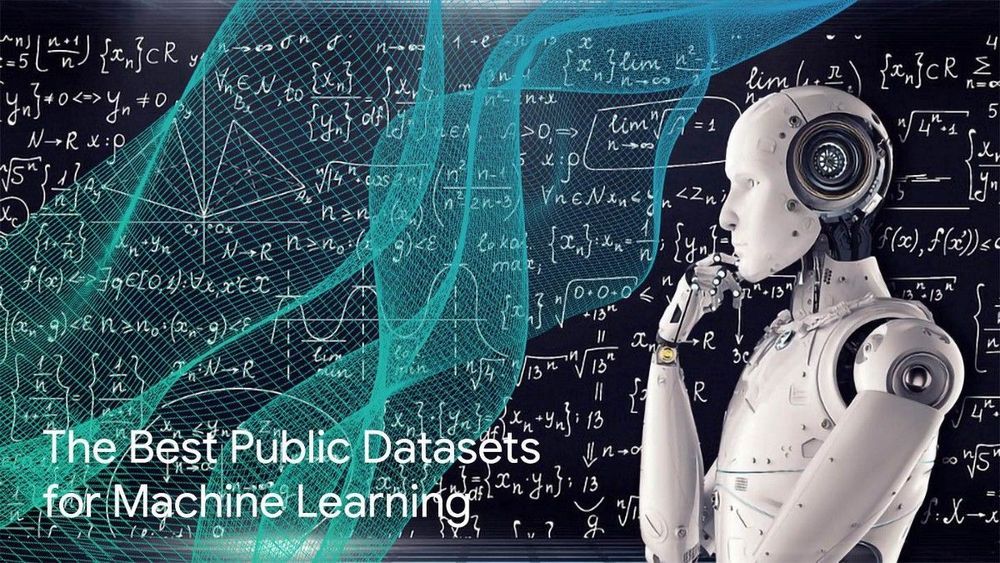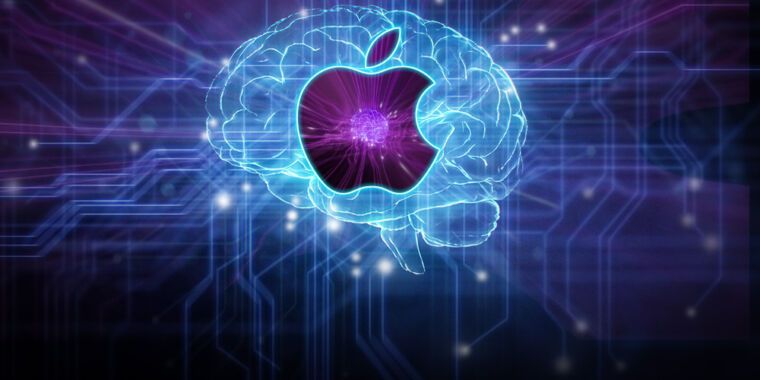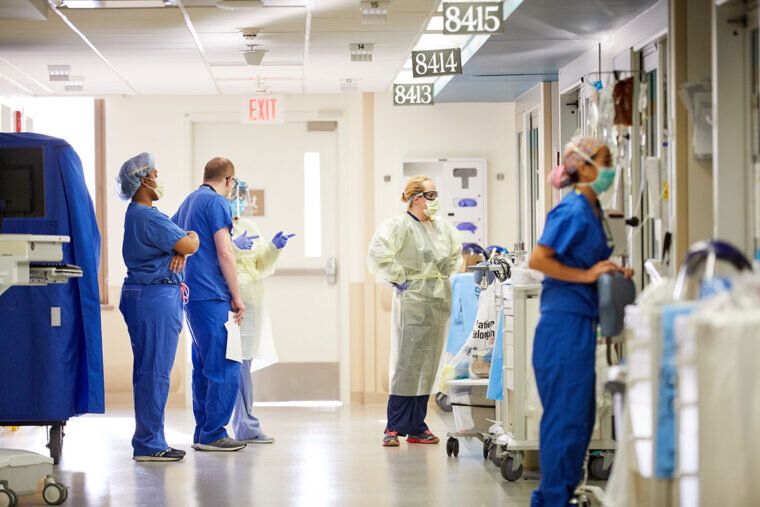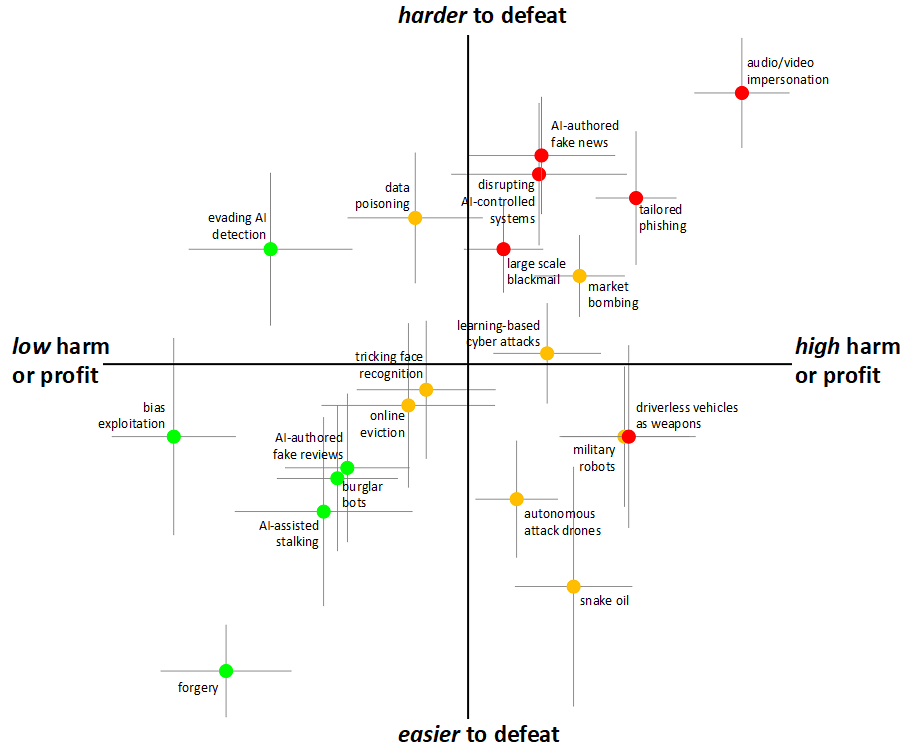Scientists have discovered what they believe may be the largest impact crater in the entire solar system, with scars covering a vast portion of Jupiter’s huge moon, Ganymede.



Scientists can use some pretty wild forces to manipulate materials. There’s acoustic tweezers, which use the force of acoustic radiation to control tiny objects. Optical tweezers made of lasers exploit the force of light. Not content with that, now physicists have made a device to manipulate materials using the force of… nothingness.
OK, that may be a bit simplistic. When we say nothingness, we’re really referring to the attractive force that arises between two surfaces in a vacuum, known as the Casimir force. The new research has provided not just a way to use it for no-contact object manipulation, but also to measure it.
The implications span multiple fields, from chemistry and gravitational wave astronomy all the way down to something as fundamental and ubiquitous as metrology — the science of measurement.

Author(s): Stacy Stanford, Roberto Iriondo, Pratik Shukla
This resource is continuously updated. If you know any other suitable and open dataset, please let us know by emailing us at [email protected] or by dropping a comment below.
📚 Check out the Monte Carlo Simulation An In-depth Tutorial with Python. 📚
We would soon have an Ai teacher @ Ogba Educational Clinic.
Watch our Discussed episode where we dive deeper into the topic with Dr. Joanna Bryson: https://bit.ly/what-if-your-teacher-were-ai
Have you ever had a teacher that was just, well, kind of boring? Maybe even a little, robotic? We’ve all been there. Let’s face it, it’s hard to learn when you’re being put to sleep. But what if we found a completely new way of learning? Could a robot be a better teacher than a human? How might education change with AI?
Can you translate this episode into another language? Add subtitles and we will link your YouTube channel in the description: https://www.youtube.com/timedtext_video?v=zm-ZJrsiRvU
Watch more what-if scenarios:

Do you agree Eric Klien
Apple AI chief and ex-Googler John Giannandrea dives into the details with Ars.
Machine learning (ML) and artificial intelligence (AI) now permeate nearly every feature on the iPhone, but Apple hasn’t been touting these technologies like some of its competitors have. I wanted to understand more about Apple’s approach, so I spent an hour talking with two Apple executives about the company’s strategy—and the privacy implications of all the new features based on AI and ML.

But new findings from a team of researchers led by scientists at Washington University School of Medicine in St. Louis point to another theory and suggest that patients become ill because their immune systems can’t do enough to protect them from the virus, landing them in intensive care units. They suggest that boosting immunity could be a potential treatment strategy for COVID-19.
Such a strategy has been proposed in two recently published papers, one published online in JAMA Network Open and the other published online in the journal JCI Insight.
“People around the world have been treating patients seriously ill with COVID-19 using drugs that do very different things,” said senior investigator Richard S. Hotchkiss, MD, professor of anesthesiology, of medicine and of surgery. “Some drugs tamp down the immune response, while others enhance it. Everybody seems to be throwing the kitchen sink at the illness. It may be true that some people die from a hyperinflammatory response, but it appears more likely to us that if you block the immune system too much, you’re not going to be able to control the virus.”


On March 11, 2011, a 9.1-magnitude earthquake triggered a powerful tsunami, generating waves higher than 125 feet that ravaged the coast of Japan, particularly the Tohoku region of Honshu, the largest and most populous island in the country.nnNearly 16,000 people were killed, hundreds of thousands displaced, and millions left without electricity and water. Railways and roads were destroyed, and 383,000 buildings damaged—including a nuclear power plant that suffered a meltdown of three reactors, prompting widespread evacuations.nnIn lessons for today’s businesses deeply hit by pandemic and seismic culture shifts, it’s important to recognize that many of the Japanese companies in the Tohoku region continue to operate today, despite facing serious financial setbacks from the disaster. How did these businesses manage not only to survive, but thrive?nnOne reason, says Harvard Business School professor Hirotaka Takeuchi, was their dedication to responding to the needs of employees and the community first, all with the moral purpose of serving the common good. Less important for these companies, he says, was pursuing layoffs and other cost-cutting measures in the face of a crippled economy.nn
As demonstrated after the 2011 earthquake and tsunami, Japanese businesses have a unique capability for long-term survival. Hirotaka Takeuchi explains their strategy of investing in community over profits during turbulent times.
Jacinta González isn’t a scientist or technologist but her experience of surveillance technology is as eye-opening as any expert’s.

Gates has been among the foremost leaders on vaccine production over the last two decades, spending $4 billion on the global vaccine development effort known as Gavi. And for months, the billionaire has expressed profound worries that while rich countries may fare okay at surviving the coronavirus, that the pandemic will devastate poor countries that can’t afford to administer the treatment, whenever it arrives.
Pay more attention to what Gates is doing overseas than what he’s saying about the United States.